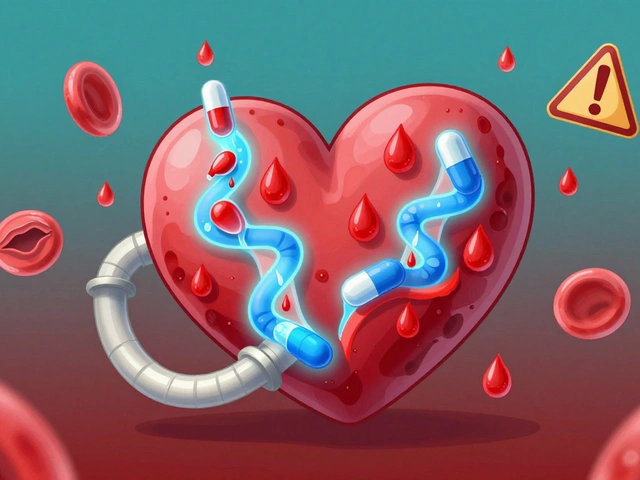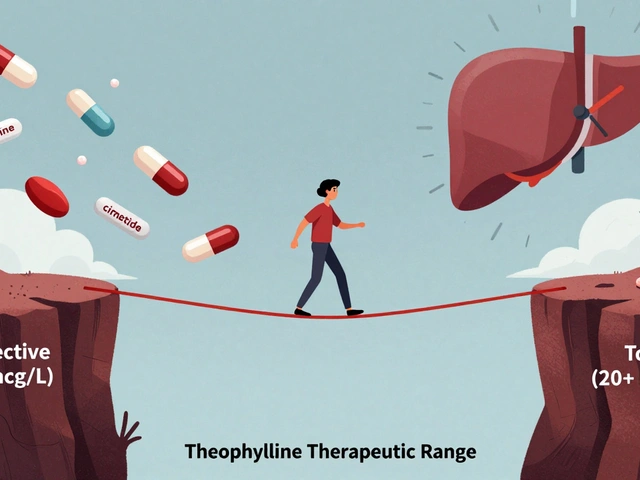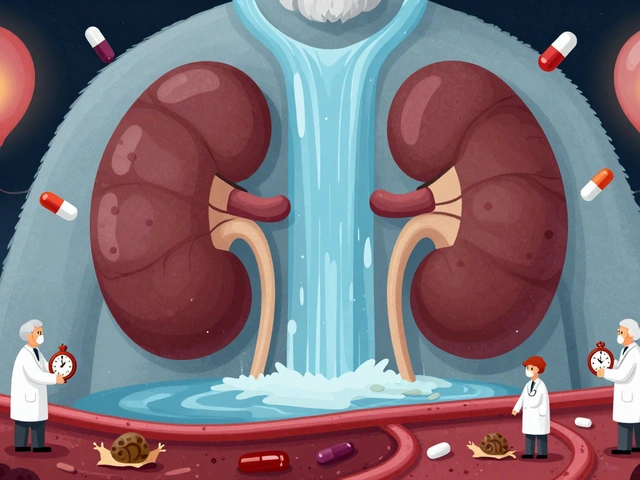Jock Itch (tinea cruris): Spot it, treat it, prevent it
Got an itchy, red, ring-like rash in the groin that gets worse with sweating? That’s often jock itch — a fungal infection called tinea cruris. It’s common, uncomfortable, and usually simple to treat if you act early.
What it looks like and how you catch it
Typical signs are a red or brownish patch with a clearer center and a raised, scaly edge. It itches, can sting, and sometimes spreads to inner thighs. The same fungi causing athlete’s foot (Trichophyton species) usually cause jock itch. You pick it up from damp skin, shared towels or clothing, gym surfaces, or by spreading fungus from your feet to your groin.
Treatments that work
Start with OTC antifungal creams or sprays that contain clotrimazole, miconazole, or terbinafine. Apply to cleaned, dried skin as the package says — usually once or twice a day. Keep treating for the full recommended time; many people stop when the rash looks better, but stopping early can let it come back. A safe rule: continue treatment 1–2 weeks after the rash clears, and expect 2–4 weeks total for most cases.
If the rash is large, painful, or not improving after two weeks of proper OTC care, see a clinician. They may prescribe a stronger topical or an oral antifungal. Also see a doctor sooner if you have diabetes, a weak immune system, or signs of bacterial infection (increasing redness, warmth, pus, or fever).
Avoid creams that combine a steroid with a mild antifungal unless a doctor prescribes them. Steroid-only creams can make a fungal infection spread and look less typical, which delays correct treatment.
Daily care and smart prevention
Keep the groin dry. Pat dry after showering and use a clean towel. Wear breathable cotton underwear and loose-fitting shorts or pants when possible. Change underwear and workout clothes right after sweating. Use antifungal powder in the groin if you sweat a lot — it helps keep moisture down. Don’t share towels, underwear, or athletic gear.
Wash sheets, towels, and workout clothes in hot water and dry them thoroughly. If you also have athlete’s foot, treat the feet at the same time — otherwise the groin can get reinfected.
If jock itch keeps coming back, mention it to your doctor. They’ll check for other conditions that look similar (like contact dermatitis or inverse psoriasis) and may suggest longer treatment or tests.
Quick take: spot the typical red, itchy patch, use an OTC antifungal correctly, keep the area dry, and see a doctor if it’s severe or won’t clear. Small steps now can stop a lot of discomfort later.
Can Jock Itch Spread to Other Body Parts? What You Need to Know
In my latest blog post, I discussed the possibility of jock itch spreading to other body parts. I was surprised to learn that yes, it can spread if not treated properly. The fungus responsible for jock itch can also cause athlete's foot and ringworm, which can appear on different areas of the body. It's crucial to maintain good hygiene and seek treatment if you suspect jock itch to prevent further complications. Be sure to check out the full post for more information and tips on how to keep your skin healthy.






